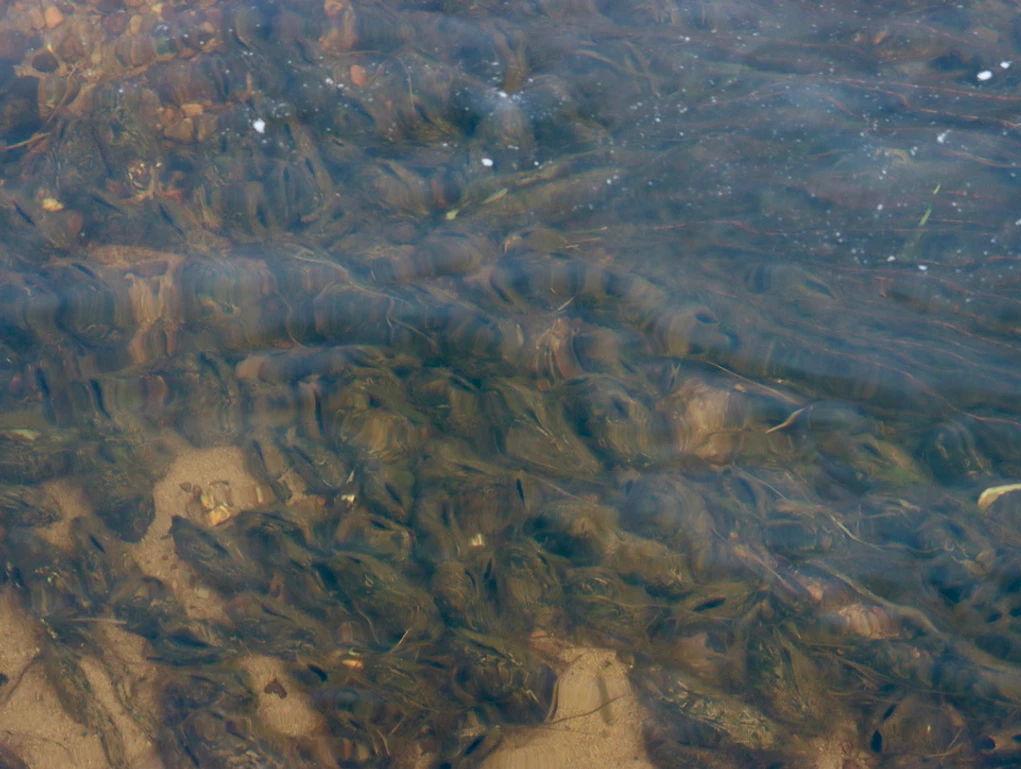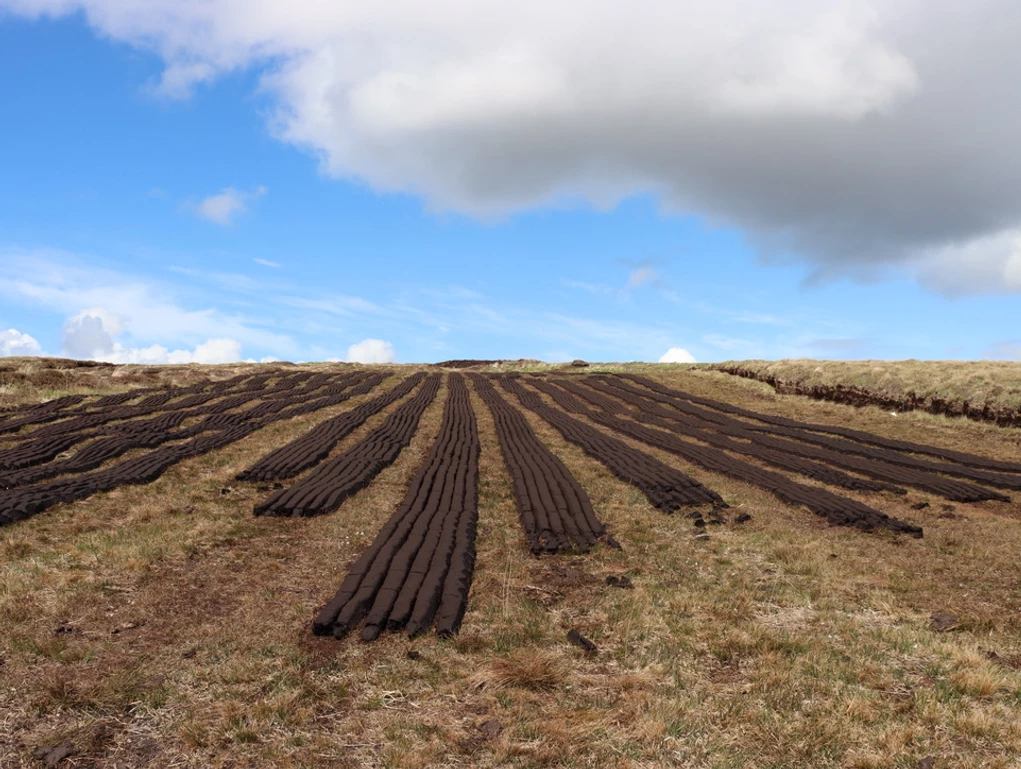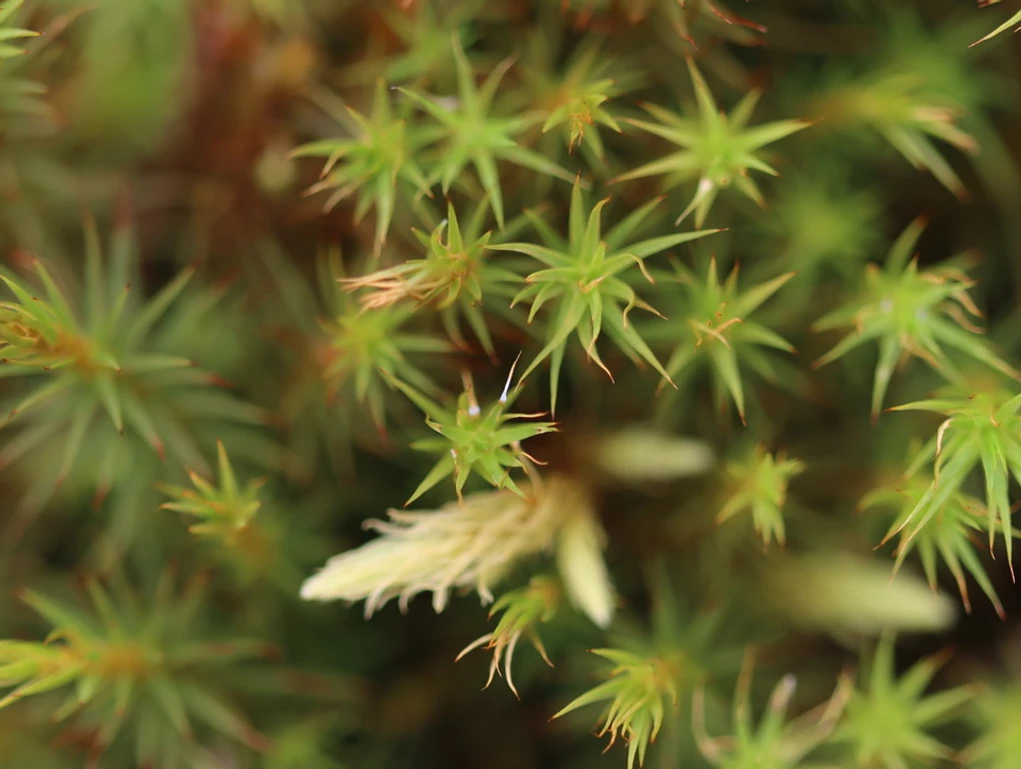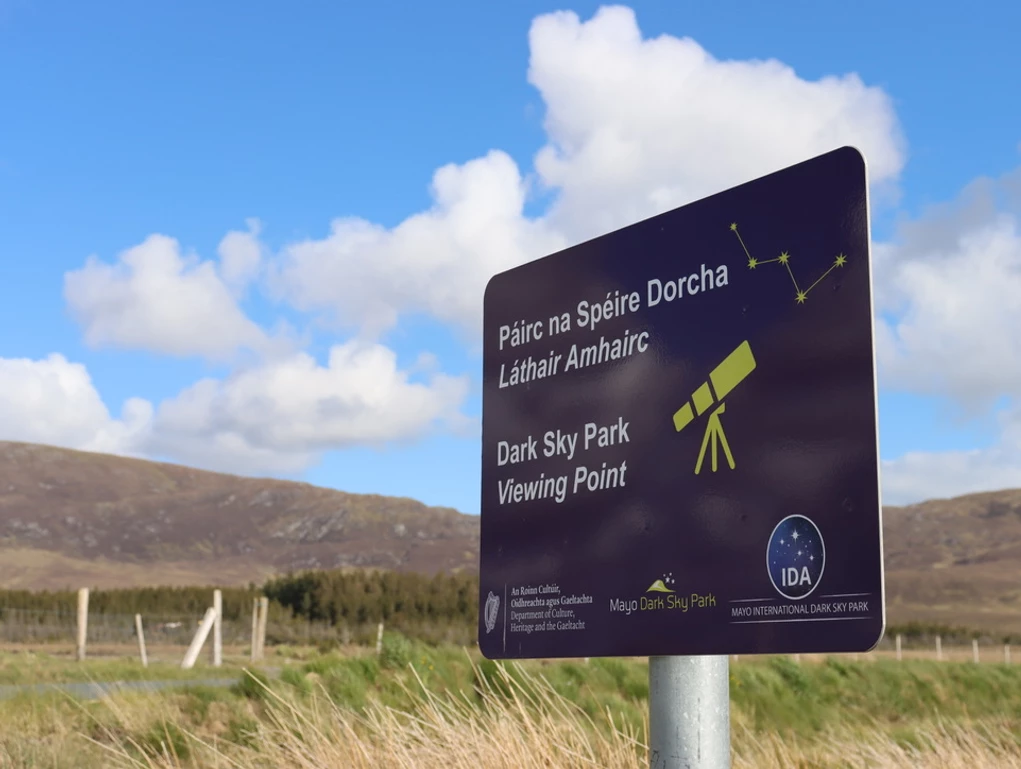
Importance of Blanket Bogs




Blanket bogs are valuable wetlands that are important from a social, economic, environmental and cultural perspective. These peatlands provide our drinking water, store huge amounts of carbon, provide habitats for biodiversity, and a home for many of our most endangered species. They also provide us with high quality food. Without these crucial services, we would be left with considerable challenges to the way we live. The conservation of blanket bogs is important for numerous reasons:
- Ireland is the only EU Member State with significant representation of Atlantic blanket bog habitat, making an improvement in its conservation status an important objective from the EU perspective. Globally, Ireland contains 8% of the world’s blanket bog.
- Blanket bog habitat supports a rich biodiversity of species including several rare plants and vulnerable species and provides an essential feeding habitat for wetland birds.
- Blanket bogs are important agricultural lands commonly used as rough grazing land for sheep and cattle.
- Blanket bogs are extremely important for climate change mitigation as they store millions of tonnes of carbon. Peat forming plants such as sphagnum moss and sedges remove carbon from the atmosphere.
- Blanket bogs help to improve water quality through natural filtration. They play an important role in flood management by storing and slowly releasing surface water run-off (known as water attenuation).
- Blanket bogs are important archaeological sites as they preserve ancient landscapes and artifacts within and beneath the peat mass.
- Blanket bogs provide important scientific insights into changing atmospheric conditions and regional ecological and environmental conditions.
- Blanket bogs are important recreational sites used by walkers, runners, anglers, photographers, nature and outdoor enthusiasts, among others.
